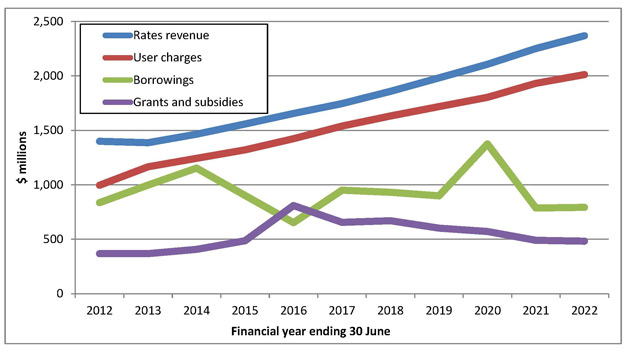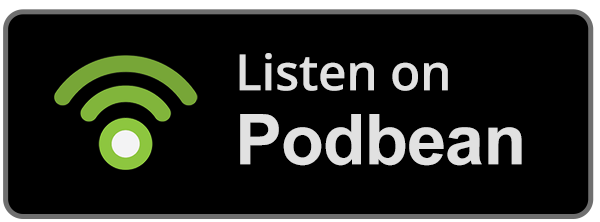- Home
- Task 1 Lessons & Tips
- Graph in the Future
Describing a Graph in the Future
Sometimes you may have to write about a graph in the future.
When you are presented with a line graph to analyze (or a bar graph if it is over time) you should always look carefully to check what time frame is being referred to.
If you get the time frame wrong, this could have a very negative impact on your score as a lot of the information will then be presented incorrectly.
Take a look at the line graph below.
- What is the timeframe?
- What tenses will you use?
Past and projected finances for a
local authority in New Zealand
Tenses for the Future
As you will see, it runs from 2012 until 2022.
In some graphs you may be given a time frame that includes the past and the future (or possibly only the future). In this case you need to be very careful that you are using the past tense when appropriate and the future tense when appropriate.
These are some common phrases you can use to discuss a graph in the future:
- will + infinitive
- is/are expected to + infinitive
- is/are predicted to + infinitive
Now take a look at the line graph and the model answer.
In order to see clearly how the past and future time frames have been used, the past is in red, and the future is in green.
Graph in the Future - Model answer
You should spend about 20 minutes on this task.
The line graph shows the past and projected finances for a local authority in New Zealand.
Summarize the information by selecting and reporting the main features and make comparisons where relevant.
Write at least 150 words.

Note: This graph was written in 2015 so anything after that date is future tense
The line graph illustrates the financial position of a New Zealand local authority from 2012 to 2022. It is measured in millions of New Zealand dollars. Overall, it can be seen that while rates revenue and user charges are predicted to increase over the period, borrowings and grants and subsidies will remain much lower.
Rates revenues and user charges will follow a very similar pattern over the time frame. Rates revenue stood at just under 1.5 billion in 2012, which was the highest of the four criteria. Though they remained stable until 2013, they are expected to climb to approximately 2.4 billion dollars in 2022. Like rates revenues, use charges are predicted to continuously increase. They began the period at 1 billion and will stand at twice this level by 2022.
Borrowings, on the other hand, are expected to show considerable fluctuation. Although having initially increased, they will drop to a low of 600 million in 2016, before reaching a peak of just under 1.5 billion in 2020. Borrowings will finish the period at around the same level that they began. Grant and subsidies were the lowest of the four, at under 500 million in 2012. Despite moving up to exceed borrowing briefly in 2016, this low level will continue until 2022.
(209 words)
Comments
Any comments or questions about this page or about IELTS? Post them here. Your email will not be published or shared.


























